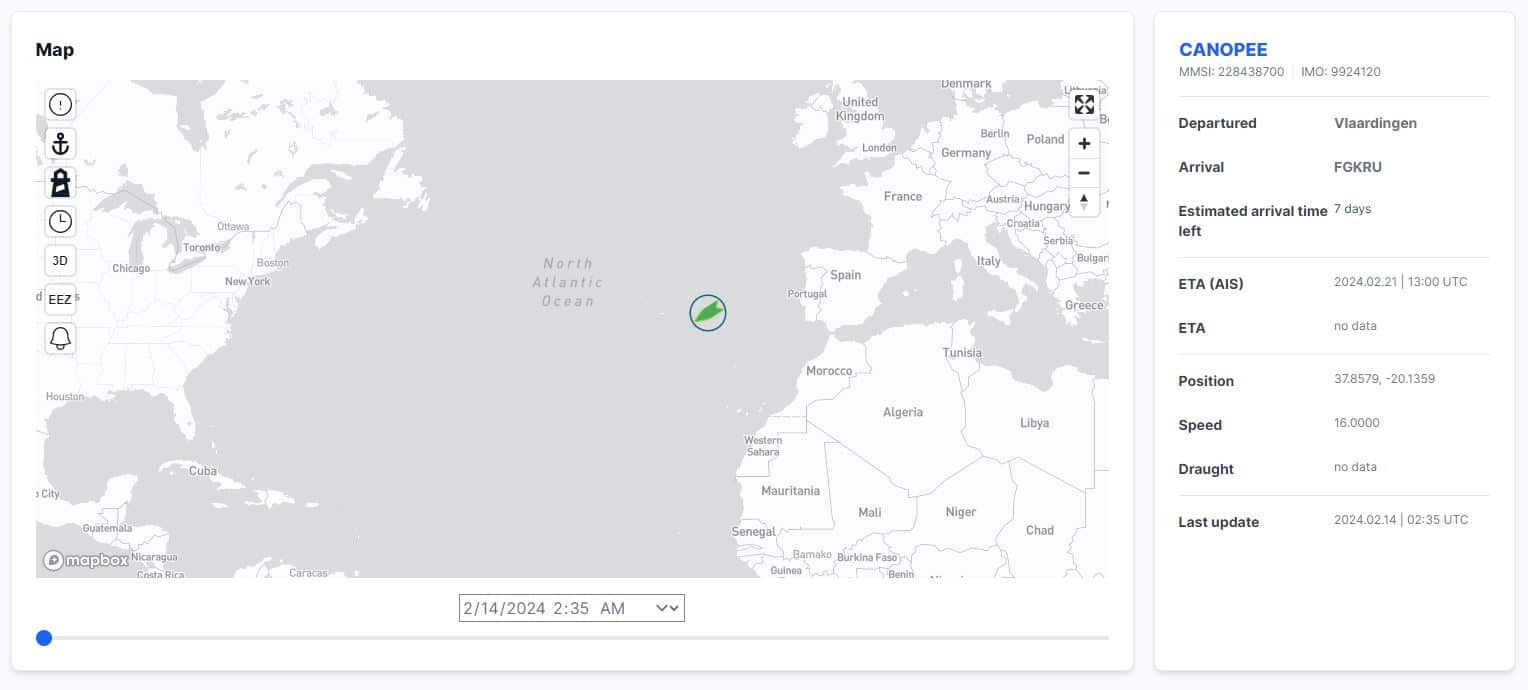Old Concept, Modernized: Satellite Launches from Floating Platforms
The idea of launching satellites from floating platforms is not new. For years, the Sea Launch company executed such operations with its Zenit-3SL rocket. This method, allowing rockets to be launched from various locations around the world, offers distinct advantages over traditional “fixed” launch sites, enabling access to diverse orbits and maximizing efficiency.
However, Sea Launch ceased its rocket launches [1], leaving a void that has now been filled by the Chinese company Orienspace. Orienspace recently achieved a significant milestone with the successful launch of its first rocket, the Gravity-1 [2].
This development marks an intriguing new chapter in the realm of launching rockets from floating platforms. As maritime transportation continues to grow, managing sea traffic becomes increasingly challenging, amplifying concerns regarding insurance and liabilities in the event of damages. Consequently, monitoring such events becomes more crucial than ever before.
One noteworthy vessel in this domain is the Canopée, designed to transport the Ariane 6 rocket from Europe to French Guiana [3]. Equipped with wingsails that reduce CO2 emissions and save about 15% of fuel during its voyage between Europe and South America, the Canopée stands as an innovative solution addressing environmental concerns in maritime transportation.
Thanks to OrbitSailor, we can track vessels transporting rockets and gain insights into surrounding maritime traffic. This capability enhances our ability to ensure the safety and efficiency of sea-based rocket launches.
[1] https://spacenews.com/sea-launch-frozen-after-ships-moved-to-russia/
[2] https://www.maritime-executive.com/article/video-chinese-company-launches-massive-solid-fuel-rocket-from-sea
[3] https://www.vplp.fr/en/maritime/canopee/
